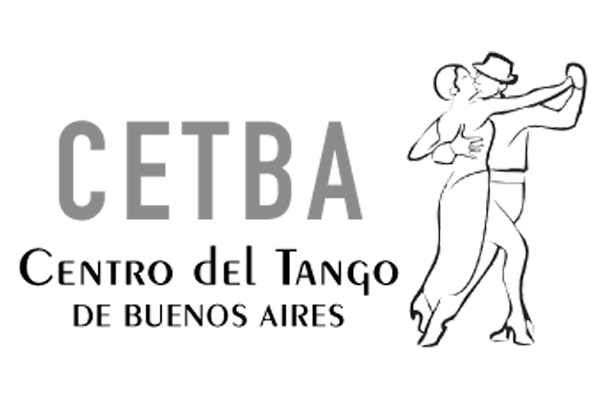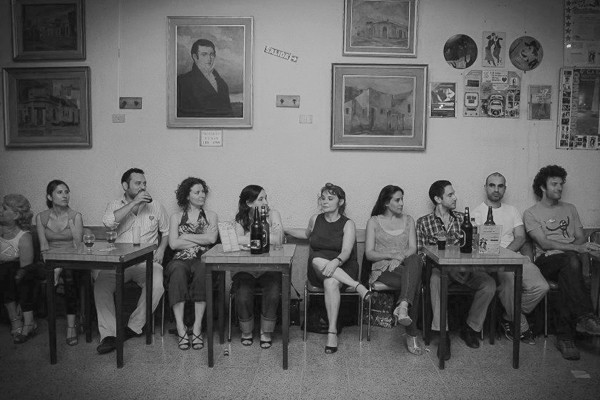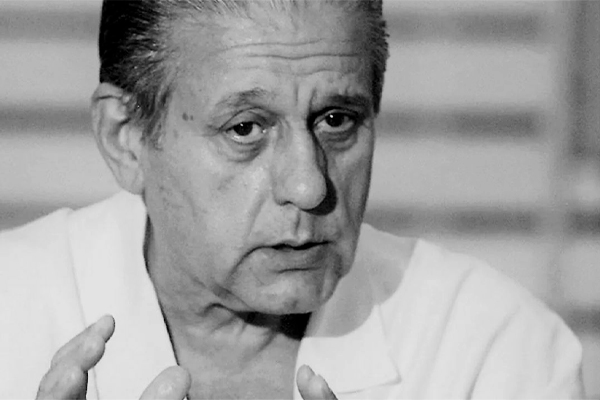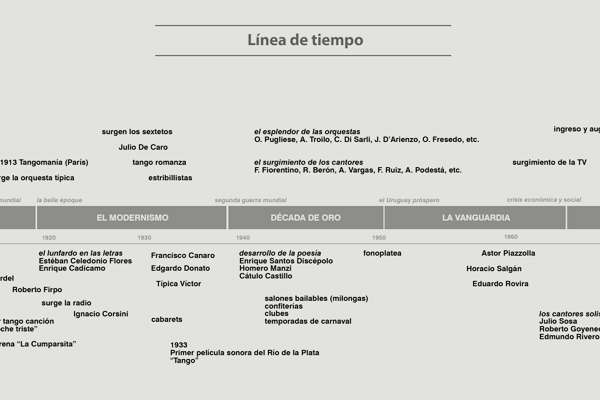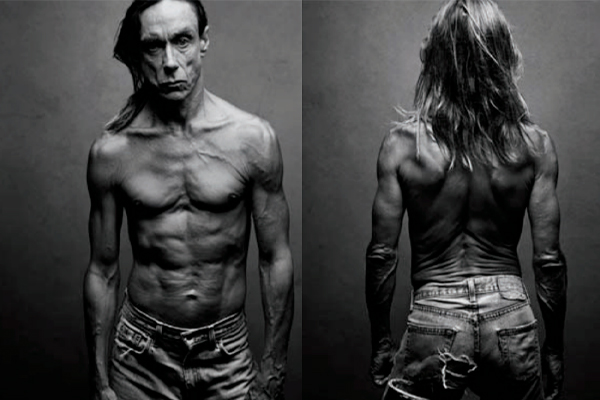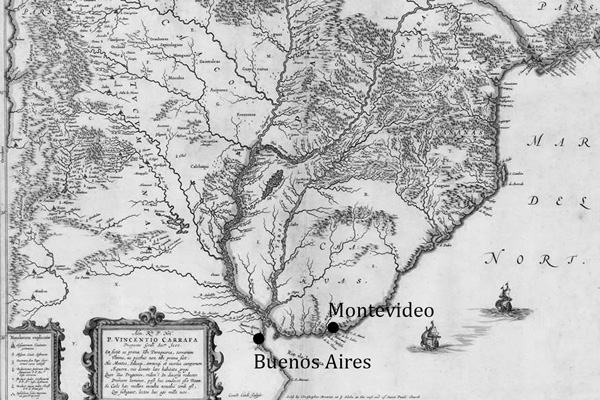
The tango
The Argentine and Uruguayan tradition of tango, today known throughout the world, was born in the Río de la Plata basin, among the popular classes of the cities of Buenos Aires and Montevideo. In this region, where European immigrants, descendants of African slaves and native Creoles mix, an amalgamation of customs, beliefs and rites was produced that became a specific cultural identity… +MORE
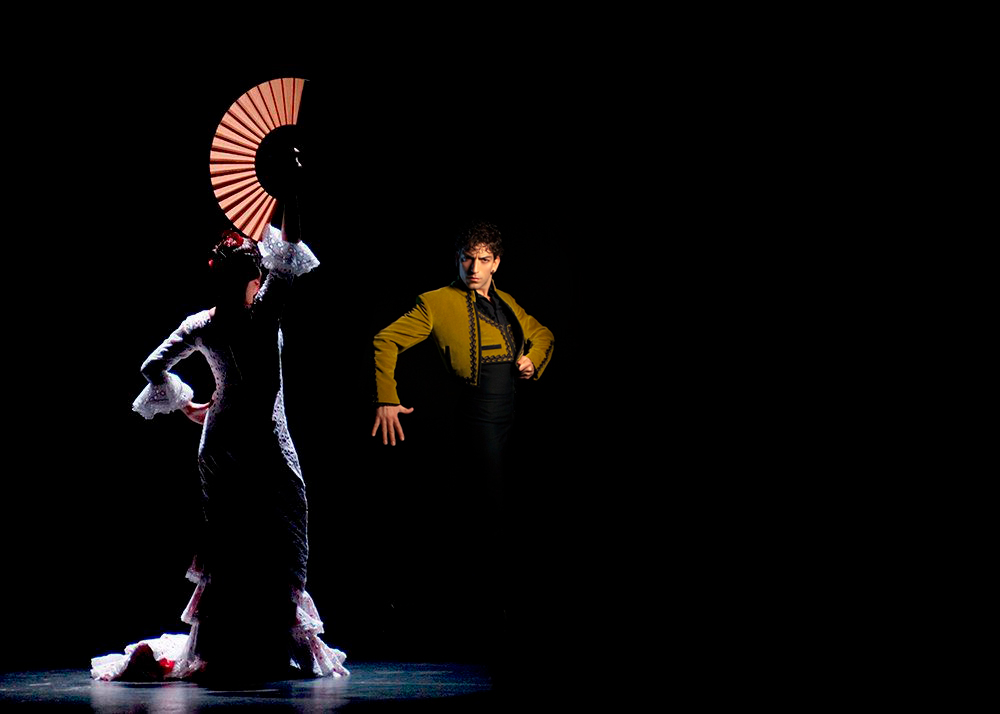
Tango Andaluz
The tango andaluz is one of the main musical genres which came into the creation of Argentine tango. It became popular in Buenos Aires in the middle of the 19th century through Spanish theater and inspired the creation of local songs which evolved into one of the primitive form of tango criollo… +MORE
Tango for the blind and visually impaired
(Introduction I)
Perhaps you see one of the biggest challenges since I started teaching tango. My first experience was at the Hospital de Clinicas (Argentina) in 2012.
I will try to summarize the experience in general.
Above all, teaching people with different abilities focuses on bidirectional teaching, not directional.
The first thing that is noticed in the first few weeks is that the students gain much more in terms of physical resistance, satisfaction with life, self-esteem and social development… +MORE
DANCE AS A PHILOSOPHICAL DIDACTIC
…dance thus has an advantage over philosophy, it is the spirit of modern philosophy, he argues, to consider the construction that unites disparate elements into units without claiming its eternal value; it is a “construction that works without a system”. Dance does not seek the realization of a work in the material sense, as a lasting artifact that can be transmitted, but “what truly changes […] and opens up to all possible changes.”
Perhaps that is why people like to ignore dance and its results. Because the dance works are not really works, their knowledge is only preliminary and their potentiality exceeds all concepts. And the body too. +MORE
Edmundo Rivero ”El feo”
This singer is one of those who makes you feel the tango on your skin.
When I dance, it’s not only the music, nor the lyrics of the tango, but what touches me the most is the singer’s interpretation. That’s why Edmundo Rivero is one of those singers that when I dance it, my body runs cold…
On June 8, 1911, Edmundo Leonel Rivero was born. Singer, guitarist, tango composer, disseminator of lunfardo, who imposed a style with his particular voice range… +MORE
THE CETBA
Around the year 2000 and I started my tango studies formally, a bit looking for it and another by chance I found CETBA (Buenos Aires Tango Center), it was my cornerstone and I think it was what I needed at that time and where this institute had all the tools to catch me, where tango dance became a part of me, and a passion that woke up and combined with my life… This was the beginning of a long path of falls, wounds, desire to overcome myself, encounters and disagreements… +MORE
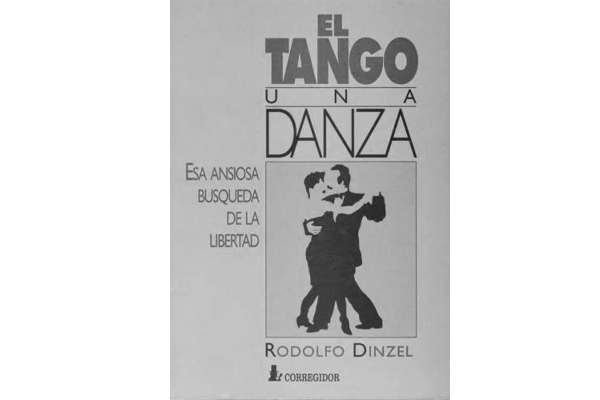
The tango bible
The Tango a dance. That anxious search for freedom.
The maestro Rodolfo Dinzel in 1994 with the Corregidor publishing house released the book that for me was the entrance to the reading and understanding of tango, from dance, history, and general understanding…
And yes, I consider the book The Bible of tango.
It was the first book by maestro Dinzel, which gave rise to a series of books and choreographic systems that study tango dance.
Tango, Liberty, Fraternity and Equality. +MORE
Cocha, sea of hugs
Cocha, our nest. Our place in the world.
Cocha was synonymous with Thursday (Cochabamba 444, San Telmo).
It is that place in the world that only exists because the universe aligns unique people, in a place, a space, and where everyone is looking for the same thing, to fly in a tango embrace.
Around 2009 or 2010, when I was leaving a tango class, a classmate invited me to go to Cocha! car? What is? Come, you’re going to like her, she told me. And yes, she was right. I liked it and it produced in me that last link to definitively take off to fly in the dance of tango. It was an emblematic club (Club Social y Deportivo General Belgrano), where tango was breathed, tango was lived, although it was not that typical tango place, it was like an underground environment, of musicians, artists, all very relaxed, very free to what that everyone felt… +MORE
First scientific study on tango
In 1999 at the Favaloro Foundation, the first research conducted by Drs. Roberto Peidro and Ricardo Comasco.
In 2008 I had to be an assistant professor in one of the workshops that were held at the Hospital de Clínicas and at the Favaloro Foundation, an experience that was repeated for three years. In which I understood, I learned and it made me grow by seeing tango from another side. But above all I understood the impact that tango has on people and how it helps them, the benefits of tango as therapy.
Here I leave a fragment of the benefits of that first scientific investigation… +MORE
Living heritage of Uruguay
In April 2015 I found a book that had just come to light; Living heritage of Uruguay – Tango Survey (Martín Borteiro, Lucía Gatti, Juan Andrés Nadruz).
Trying to explain the origins of tango is as difficult a task as explaining tango itself, because it is a collective feeling that has no a single explanation. Interesting book that takes a historical look at Uruguayan tango up to the present day… +MORE
Timeline of tango in Uruguay
A brief summary to understand the evolution of tango and its times. Where we can see a social, cultural, economic link and historical moments that forged tango.
The genesis is the period of fusion of different rhythms and cultures that occurred in the Río de la Plata from the last decades of the 19th century. Musical forms such as candombe, payada, milonga, habanera, Andalusian tango, polka, waltz, and others… mixed
with the customs and beliefs of the Africans, the gauchos, and the European immigrants, until forming the tango. +MORE
Tango for blind (pedagogy)
There is not a single way, nor a pre-established form in the pedagogy for teaching tango dance for blind or low vision people.
In the first place, if it is to consolidate, strengthen the group. Where this has an elevation in the emotional and contentious. Where it acts like a wave positively dragging each individual.
From the first classes, the change in security, confidence, and sociability is noticeable… +MORE
TANGO BASIC STEP
I believe that the basic step is something more than that first choreography that is taught to beginners to structure the first steps in the dance. It is something that I still practice and rediscover new things, and new questions. That it is not just training, or improvisation for new steps, intensities, times, heights, breathing, weights, figures, the crossing, the footprint… etc.
Every time I practice it I think of it as a living act that is constantly changing. As happens with tango in each tanda… +MORE
ON THE EDGE OF DANCE
A curiosity worth reading. It is a ¨drawing study and investigation¨ where we find throughout 35 pages; dance, drawing, experimentation, reflection, subjectivity…
¨Mallarmé says that the dancer is not a woman who dances, because she is not a woman and because she does not dance. I discovered the freest, most flexible, most voluptuous of possible dances on a screen where some large jellyfish appeared: they were not women and they did not dance…¨ +MORE
ABOUT ME
Hello, my name is Victor. This is my website, my corner. I would like to use this space to share with you my tango journey.
I was born in Tacuarembo, Uruguay. I spent my childhood with my grandparents at their house in a town called San Gregorio de Polanco…+MORE



